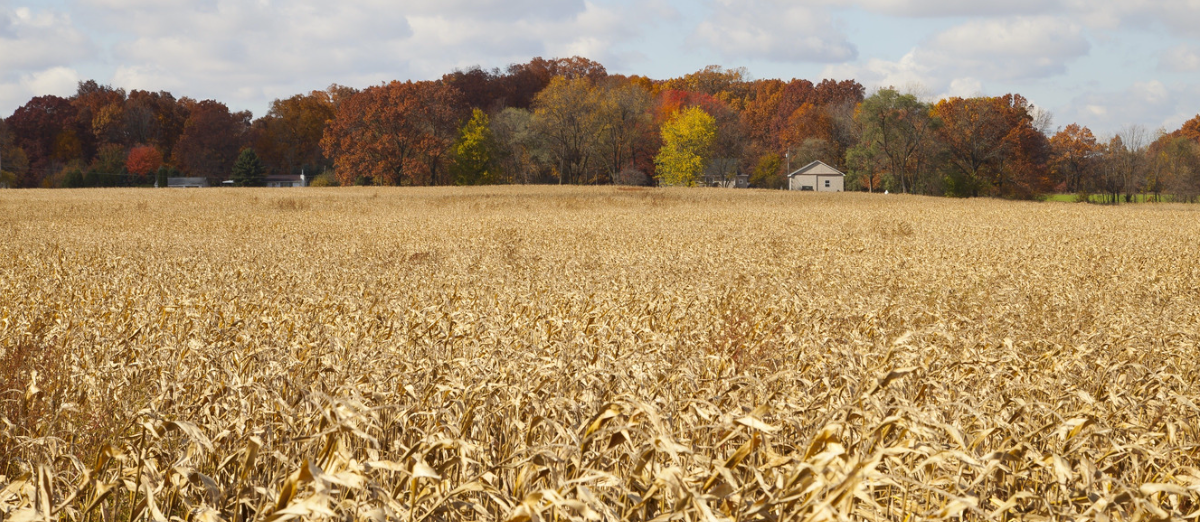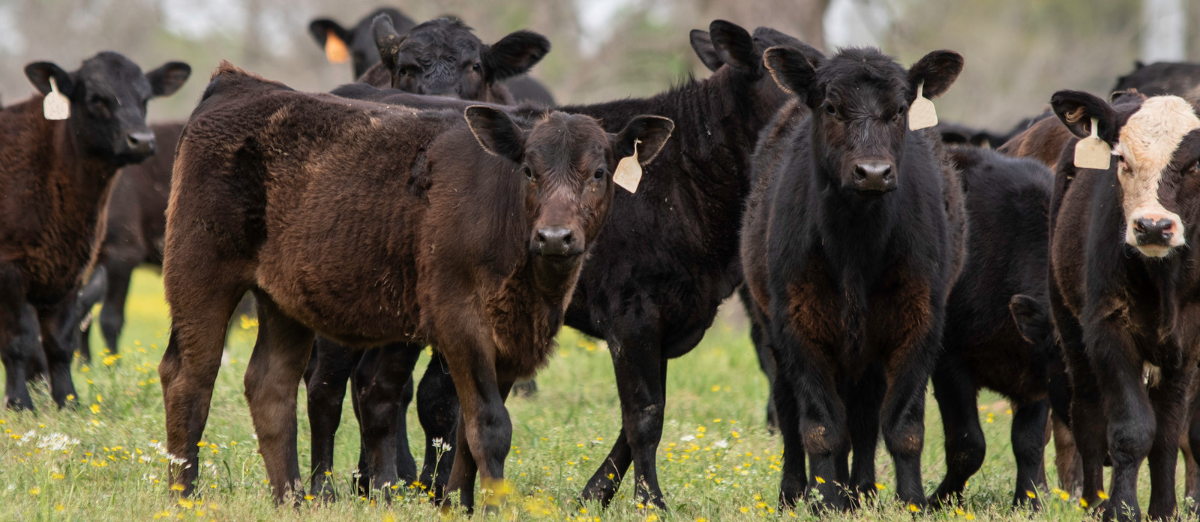Retirement 2022
Author(s): Tarrah Hardin
Published: October 31st, 2022
Shareable PDF
Currently, it is a very stressful time to be farming because of conditions that cannot be controlled. With high input and equipment prices, some producers are thinking of exiting in the next few years. In order to do this, they are starting to plan now so they can manage tax liability and protect any equity they have built within their business. When thinking about retirement or exiting, producers need to consider several factors.
Time – What is the time frame for retirement? How old are the producers? How quickly does the producer want to make this happen? These are just a few questions that need to be addressed in order to start properly planning for retirement/exiting. To help minimize tax liability, the plan likely will be to sell assets over a couple of years. Thinking ahead will benefit not only the producer but all the consultants working with the producer to get this done.
Equipment – Most farming operations have several pieces of equipment to dispose of. To help estimate the tax liability for selling equipment, an updated itemized depreciation schedule is needed. After the depreciation schedule has been updated then go item by item as to what the expected sale price would be. Once expected sale prices are known, the producer can determine how they would like to sell the items and when. There are a couple of ways to go about this – one could be to sell all pieces outright and take on the liability all at once. The other option is to enter into a lease-to-own agreement with someone. The second option would allow the producer to spread out income over many years rather than having to claim the sale all in one year. The producer can even do a mixture of the two options in order to help with the liability. Regardless of how the equipment is disposed of, documentation (a signed contract) is needed for all agreements.
Land – The main question with land is, will the land generate income once the farming operation has stopped? If the land is going to be rented, one way to help defer income in the year of retirement is to defer the rental income until after the first of the year. Similar to equipment, land can be sold on contract to help with any capital gain taxes. Although any gains in land improvements will be realized in year one. There are several options when it comes to managing land once the farming operation has stopped, to best explore those options would be to talk to an accountant and a lawyer that handles succession planning.
When it comes to retiring, having a plan to navigate all the possible issues that might come up should be number one on the producer's to do list. Rushing through things could bring on unexpected tax liabilities as well as issues down the road. Having specialized consultants to help with this process will decrease some of those unexpected issues. If you have any questions about retiring from farming, please reach out to your local Kentucky Farm Business Analysis Specialist.
Recommended Citation Format:
Hardin, T. "Retirement 2022." Economic and Policy Update (22):10, Department of Agricultural Economics, University of Kentucky, October 30th, 2022.
Author(s) Contact Information:
Tarrah Hardin | KFBM Area Extension Specialist | tarrah.hardin@uky.edu
Recent Extension Articles
U.S. Ag Exports Remain Strong Amidst A lot of Headwinds
Will Snell | October 31st, 2022
Despite tight supply inventories, shipping and other transportation challenges, a higher valued U.S. dollar, and an overall slowing global economy, U.S. agricultural export sales are set to establish record levels in 2022. The value of U.S. ag exports is up 16% through the first eight months of this year relative to the same period in 2021. Higher prices are creating the increase, with aggregate export volume down 3%.
Prospects for Winter Backgrounding 2022-2023
Greg Halich & Kenny Burdine | October 31st, 2022
Feeder calf prices in Kentucky showed a great deal of strength for much of 2022. However, worsening drought conditions have combined with seasonal tendencies and that same weight steer calf is now selling for $15 to $20 less per cwt. Winter backgrounding profitability has a significant impact on calf prices as those winter backgrounders are competing with feedlots to purchase calves for placement in the fall. The purpose of this article is to examine potential returns to backgrounding programs for the upcoming winter.




